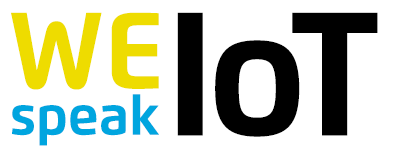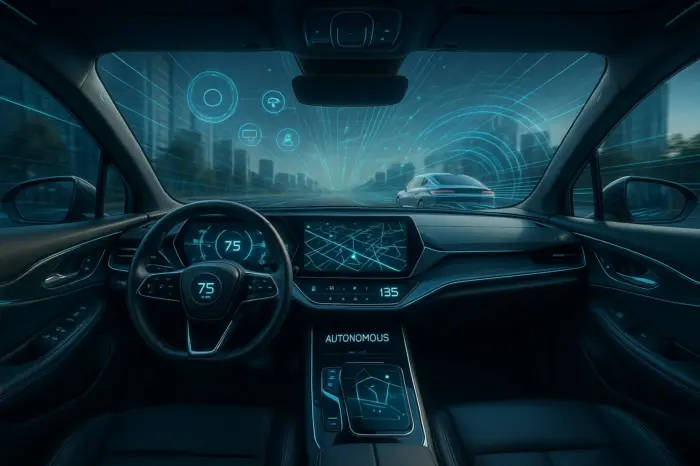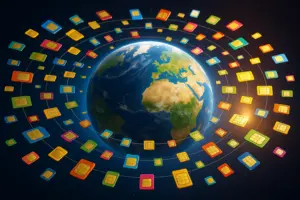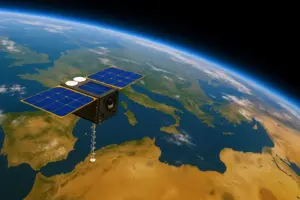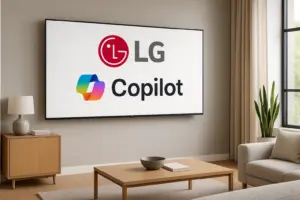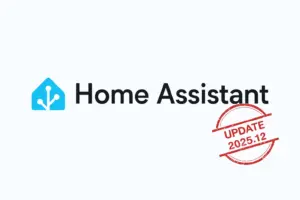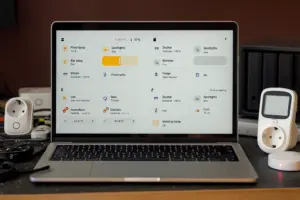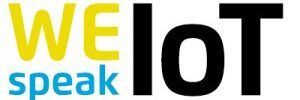Internet of Things in Retail: Market Volume Expected to Exceed USD 500 Billion by 2032
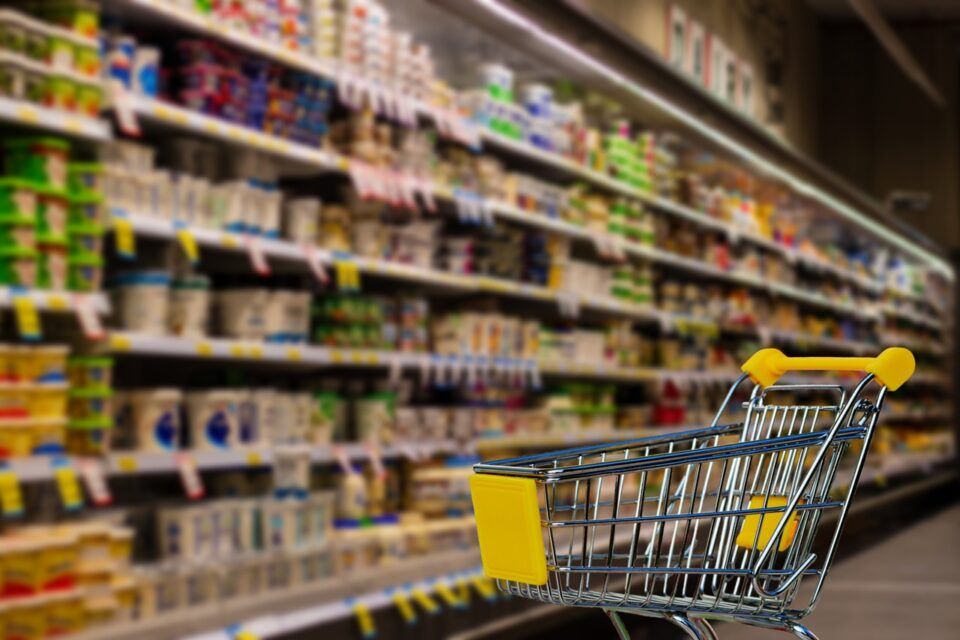
According to a recent analysis by Polaris Market Research, the Internet of Things (IoT) in retail is expected to experience tremendous growth in the coming years. The global market is projected to reach around USD 507.3 billion by 2032 – with an average annual growth rate of 28.2 percent.
This development is driven by a clear trend: more and more retailers are relying on connected devices, sensors, and digital systems to make their businesses more efficient, customer-friendly, and future-proof. The potential applications range from smart shelves and automated checkout solutions to location-based advertising directly in-store. At the same time, the technology helps to precisely monitor inventory and supply chains – in real-time and with minimal effort.
Among the key technologies in use are so-called RFID systems (Radio Frequency Identification), where products are equipped with small, passive radio chips that enable automatic identification and tracking. This technology forms the foundation for modern self-checkout systems and automated inventory management. Sensors that detect temperature, movement, or shelf stock levels also play a central role. Combined with location services such as GPS, Bluetooth, or Wi-Fi, customer data can be collected anonymously and used to deliver tailored offers. The collected information is usually analyzed via cloud platforms, enabling fast and scalable processing.
Concrete applications are already widespread in brick-and-mortar retail: smart shelves detect when products are running low and automatically trigger reorders. Self-checkout systems scan items directly in the shopping cart, allowing for payment without queues. Digital displays or apps show personalized offers as soon as customers are near specific products.
Of particular interest is the regional distribution of the projected growth. While North America and Europe are considered pioneers, markets in Asia, South America, and the Middle East are increasingly catching up. This catch-up process is primarily driven by the expansion of digital infrastructure and government support programs aimed at modernizing retail.
The study also emphasizes that the market is becoming increasingly diversified: While large retail chains often rely on complex platform solutions with cloud integration, smaller providers frequently opt for hybrid or locally installed systems that are easier to implement and more cost-effective. Thus, the market is growing not only in breadth but also in depth – with tailored solutions for a wide range of business sizes and requirements.
In summary, the analysis shows that the Internet of Things in retail is no longer just a topic for the future but already a decisive competitive factor. Those who invest in smart systems today not only gain efficiency advantages but can also respond more precisely to the needs of their customers – thereby securing their position in the market in the long term.



